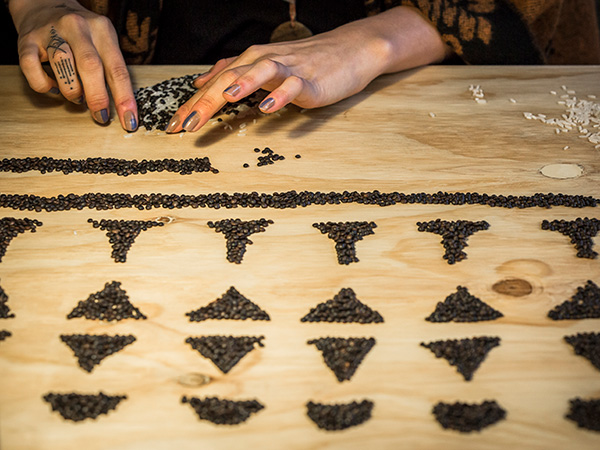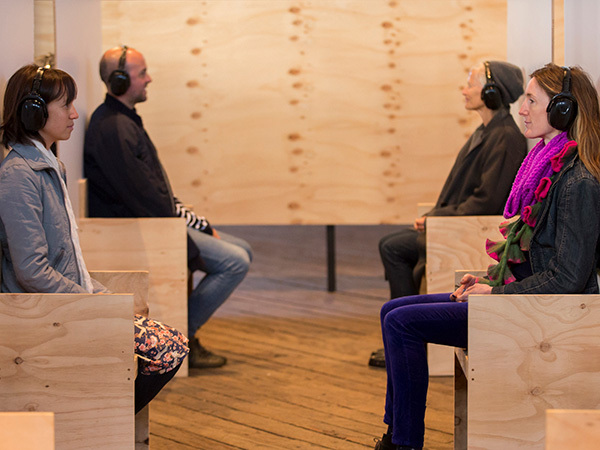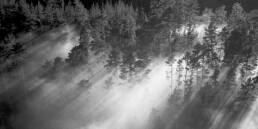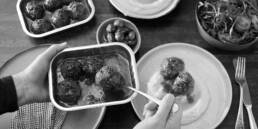Ecoply takes an artistic turn in an international performance art project
This Content Marketing article was produced for Ecoply and first appeared in Architecture & Design.
The recent Kaldor Public Art Project 30 Marina Abramović: In Residence, which took place in Sydney’s Walsh Bay, featured Ecoply to help transform the space into an innovative interior especially for the event. This experiential art project turned Pier 2/3 into a place of reflection and mental transformation for artists and audiences.

The challenge, for Architects, Harry Seidler + Associates, invited to design the project space in collaboration with the artist, was to find a construction material that would contrast the dark heritage interior of Pier 2/3 yet possess inviting qualities for the immersive nature of the project. “We wanted to create an environment different to the space that also worked with the dark timbers at Pier 2/3 and Ecoply has a beautiful, natural, light character which contrasted well,” says Greg Holman, the principal architect on the project.
Ecoply was used to construct elements for the interactive exercises in the project space such as, ‘Energy Platforms’ on which the audience was invited to stand meditatively; back to back chairs used in ‘Mutual Gaze’ which created a space for strangers to experience a sense of connection, empathy and energy exchange through looking into each other’s eyes; and table tops for participating in ‘Counting Rice’ a repetitive task which calms the body and changes one’s perception of time.
The project encouraged the audience to become acutely aware of minute details in their environment and Holman observed people relating to the tactile quality of the veneer, CD Grade Ecoply that features a distinct grain. “The natural grain of the Ecoply created textural interest and the robust nature of the plywood meant it could stand up to traffic and wear for the duration of the event,” says Holman. Nearly 32,000 people visited the exhibition over its twelve-day run from June 24 to July 5 to experience this transformative art project.

“Many architects fall back on plasterboard for installations,” Holman said, “but the Ecoply delivered greater strength and versatility. It is strong enough to be a support structure or a standalone structure and it is light enough to be used for a spanning element such as floating screening panels.”
The robust yet light qualities of the Ecoply also helped with the fast turnaround required for the project. There was only one week to have everything constructed so the design was to allow off-site prefabrication then transport them to Pier 2/3 without damage.
The re-usability of Ecoply delivered yet another benefit at the end of the project as unlike the plasterboard, which was difficult to re-use, the Ecoply was re-purposed. Holman also has plans to use Ecoply again saying that, “the main area following on from the exhibition would be domestic work where we find clients interested in design consistent with the principles of 1950’s modernism – affordable yet stylish.” So it looks like Ecoply could be performing again soon.




